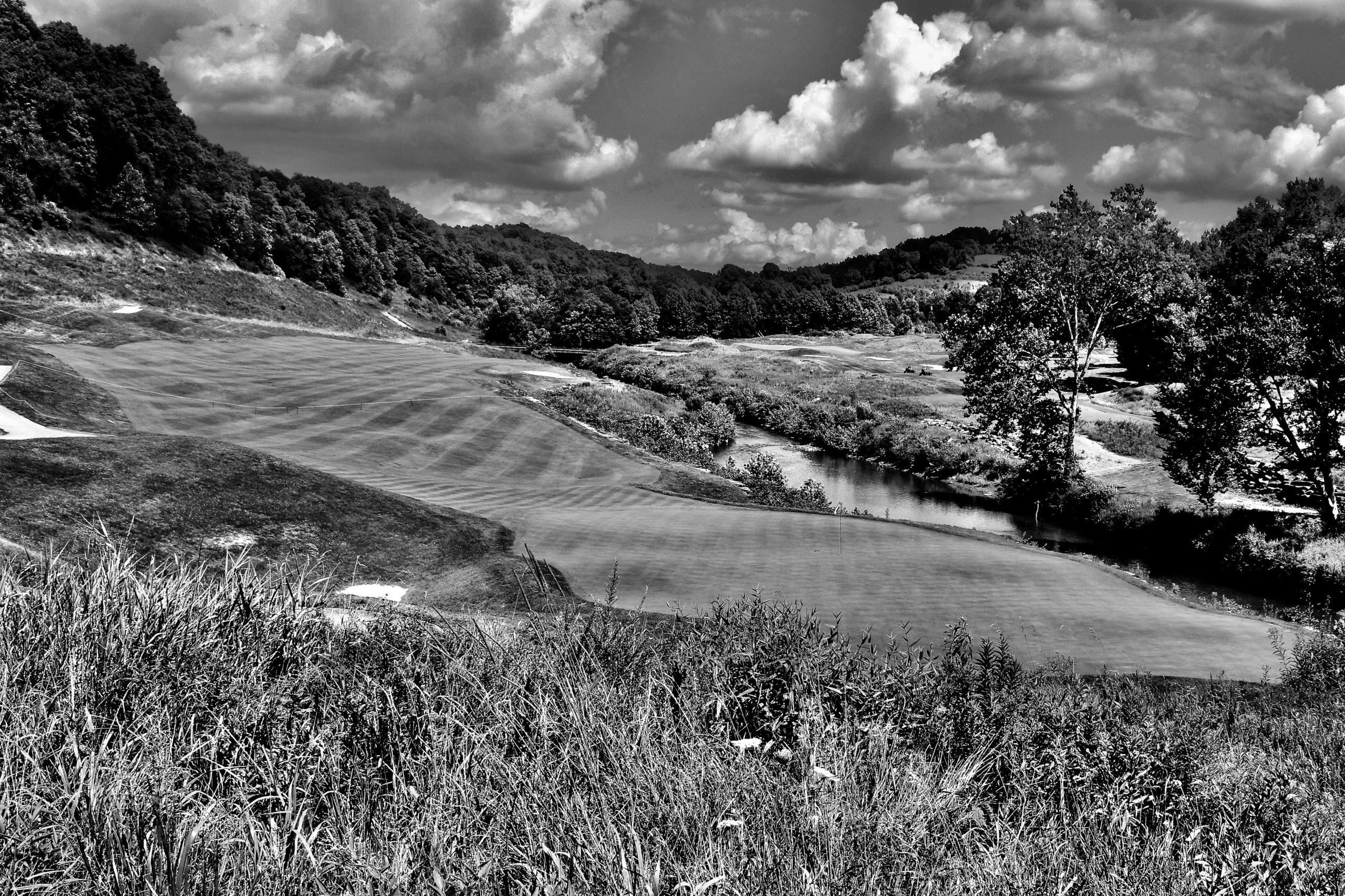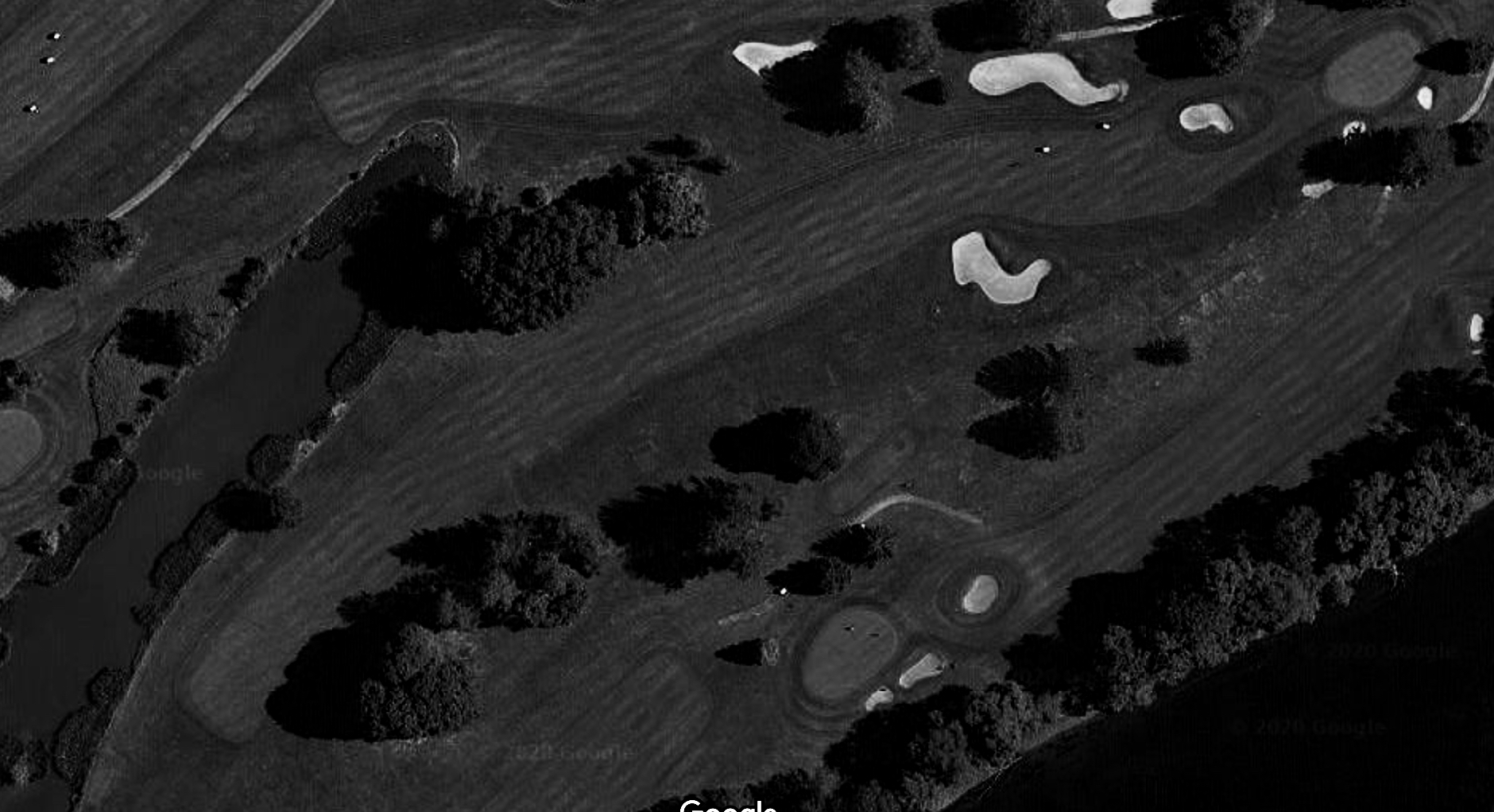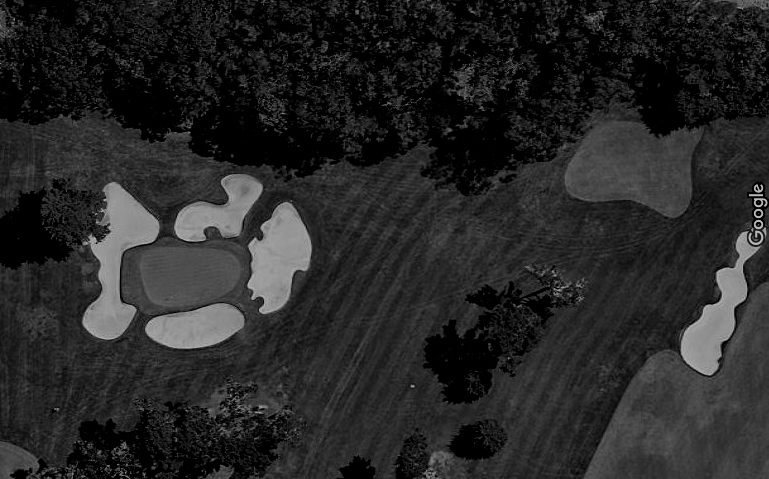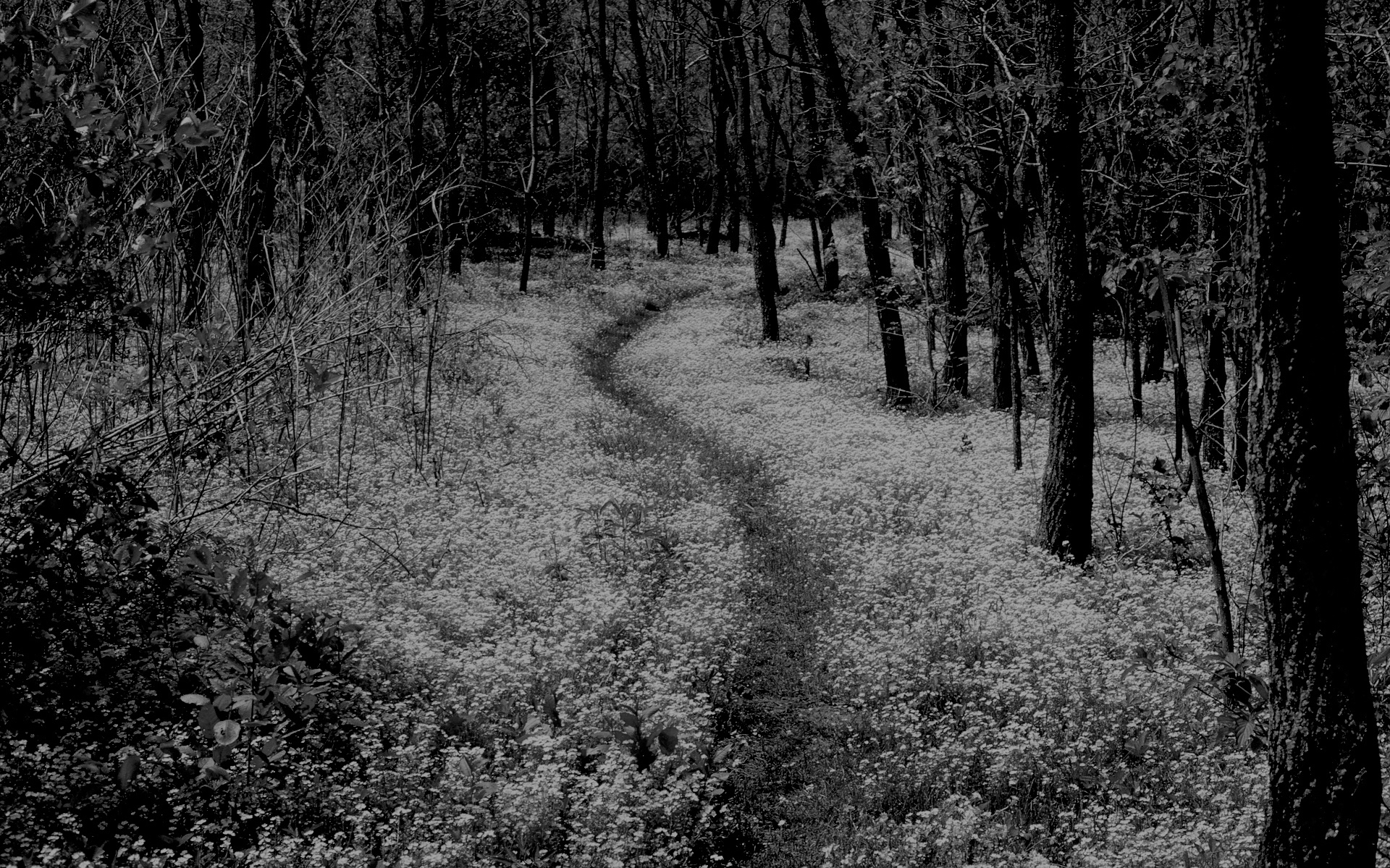Several months ago, scratching a creative itch, we set about creating The Appalachian Golf Trail, consisting only of notable golf clubs located within walking distance (less than 5 miles) from the most famous hiking trail in the United States. The results, of course, were a disaster. Of the eight clubs identified, only seven have survived until the publication of this post. One, the Hanover Country Club, has since been closed by Dartmouth College. The others are fine, to our knowledge.
That disaster being completed, and our boredom continuing, we began seeking another topic to fill some blog space. A chance encounter with a ‘90s computer brought forth the obvious solution: The Oregon Golf Trail.
There is a significant difference between this and the Appalachian Golf Trail, namely in that you can still hike the Appalachian one, and the Oregon Trail has largely been paved over. After all, using Bill Coore’s routing logic (he follows animal trails, assuming they’ve already figured out the best ways around a property), the Oregon Trail existed for a reason. It was the most passable way to get from Kansas City to Portland. Therefore concrete roads have often been built along the rivers where a dirt one once ran. The point is you can’t, safely at least, hike the Oregon Golf Trail. That said, for the fun of the exercise, we’ve left the “five mile” rule in place. The result is a collection of six public golf courses, along with a collection of privates that you can try to tap as you travel West.
Here’s a map of the Oregon Trail so you can plan your trip and follow along with this ridiculous exercise. One bit of advice: Never try to ford the river with your golf clubs.
Continue reading “The Oregon Golf Trail: Pack Some Clubs & Play These Courses on The Greatest ’90s Computer Game” »








